
What is Mold?
Mould or mold is a type of fungi that grows in damp, warm, and humid conditions. It can appear as fuzzy or slimy patches of black, brown, yellow, green, or white on surfaces such as walls, floors, ceilings, and even food items.

Mould or mold is a type of fungi that grows in damp, warm, and humid conditions. It can appear as fuzzy or slimy patches of black, brown, yellow, green, or white on surfaces such as walls, floors, ceilings, and even food items.
Mold is formed when airborne mold spores land on surfaces that are moist and warm and are left to grow and multiply. Mold spores are present in the warm and humid air that can enter indoors through ventilation. Once inside, they can settle on surfaces like walls, floors, ceilings, and even household items like furniture or clothing. As mold spores settle on damp surfaces, they begin to grow and form colonies. These colonies produce more spores, which can then spread to other areas of the home or building, leading to further mold growth. They are generally found in the areas of water damage, such as from leaks or flooding, and can also lead to mold growth in walls, carpets, and insulation.
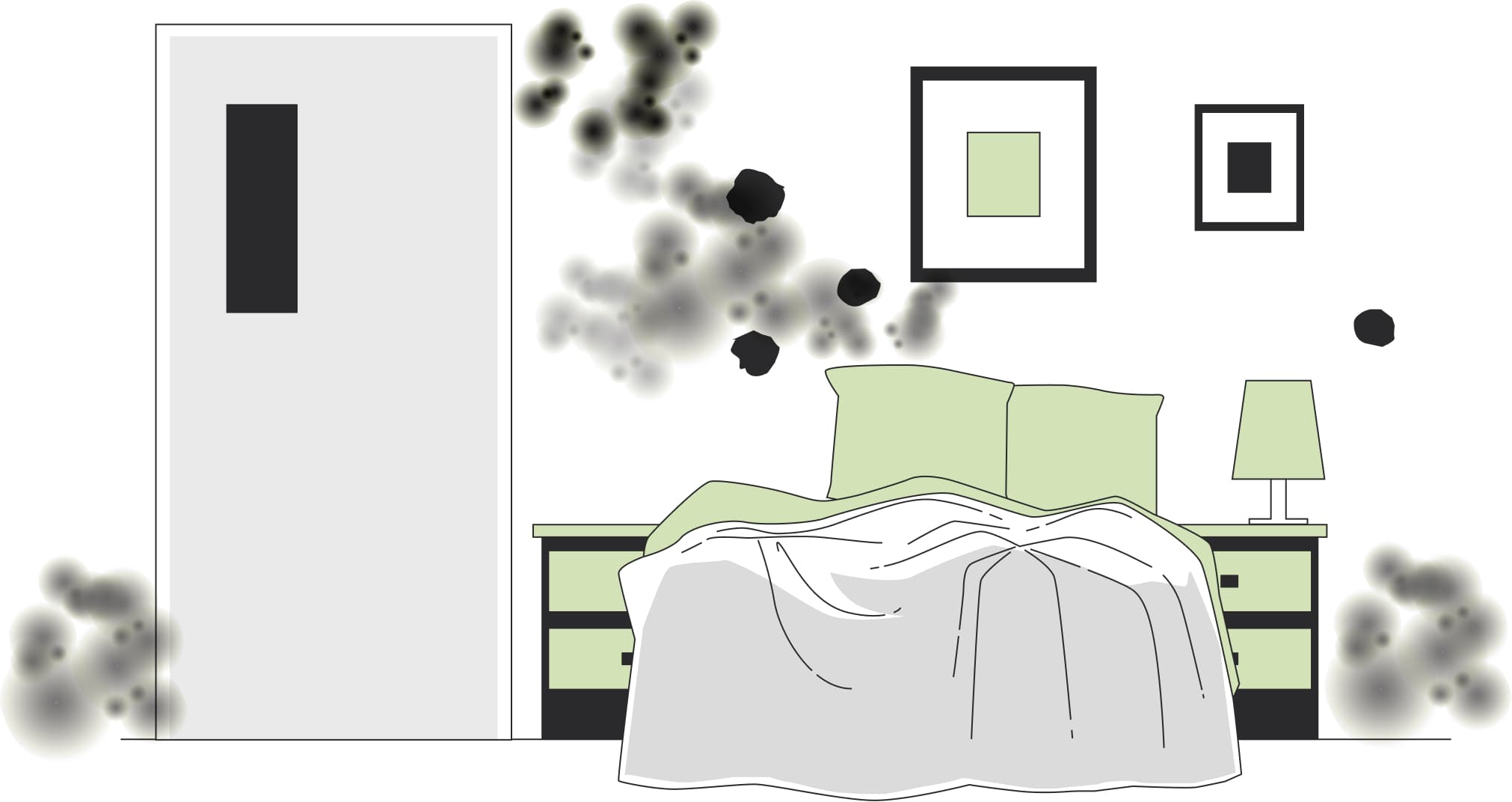
Mold comes from tiny, airborne spores that are present in the environment around us. These spores are naturally occurring and can be found both indoors and outdoors. Mold spores are microscopic and can be carried by air currents or attached to objects such as clothing, shoes, or pets. When they land on a surface that is moist and warm, they can begin to grow and form colonies. Mold growth can be exacerbated by poor ventilation, which can trap moisture in a building and create conditions conducive to mold growth. This is especially common in buildings that are tightly sealed for energy efficiency. In summary, mold comes from naturally occurring spores that are present in the environment, which can settle on surfaces and grow into colonies when conditions are right.
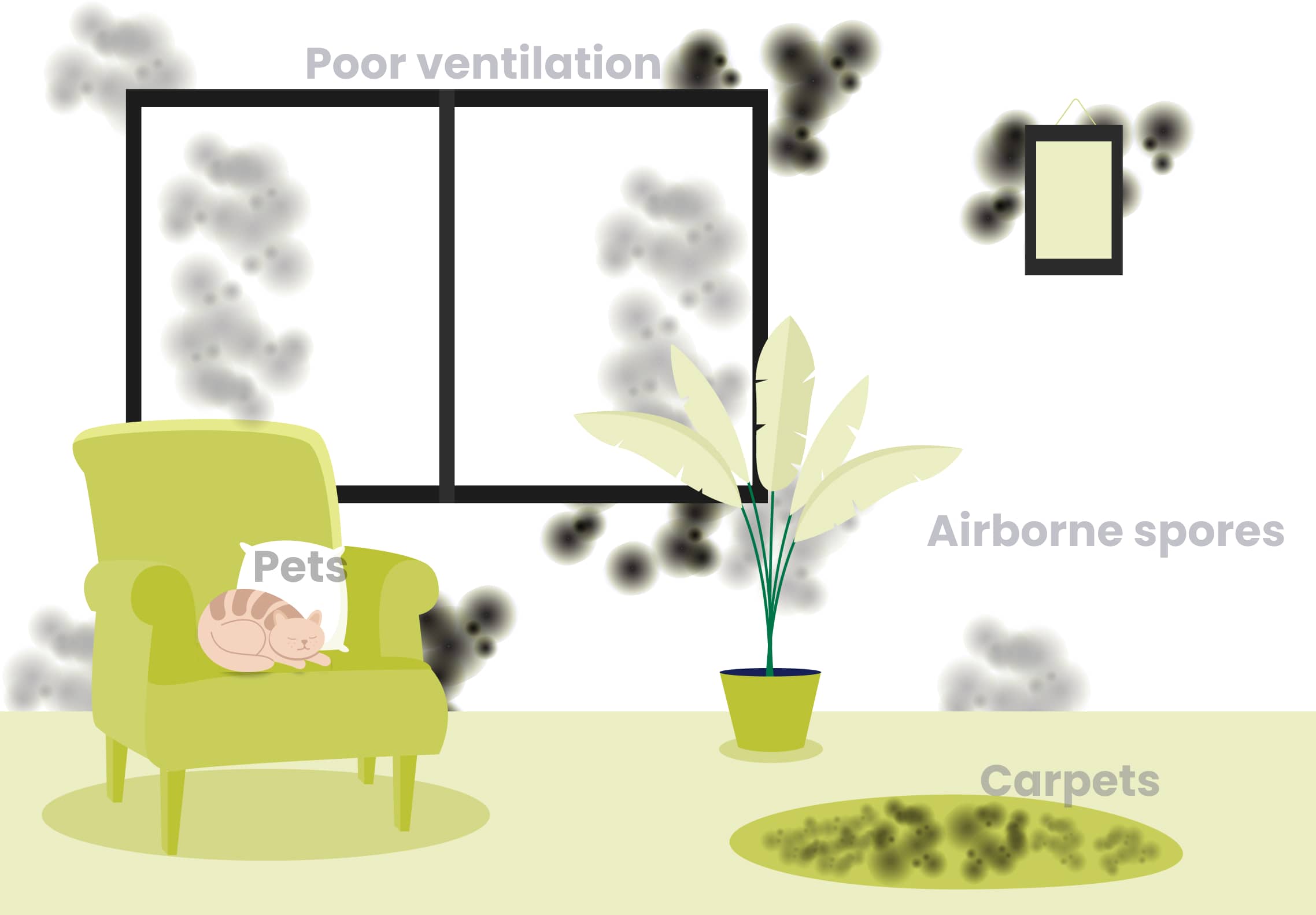
It’s important to be aware that exposure to mold can have negative impacts on your health. There are various symptoms that mean you are exposed to mold. some of these symptoms include:
![]()
Allergies triggered by mold cause runny noses, sneezing, nostril irritation
![]()
Breathing problems, coughing, wheezing, etc
![]()
Rashes on the skin and other forms of skin infections
![]()
Nausea, fatigue, and dizziness.
If a person (depending on their existing medical conditions) is exposed to mold spores for a longer duration,
they can develop serious health issues. Some of these include:
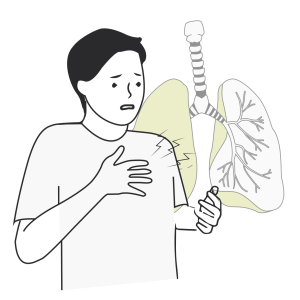
A rare but serious condition in which the lungs become inflamed and can cause difficulty breathing.
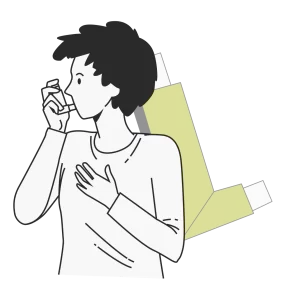
Mold exposure can trigger underlying asthma symptoms and can exacerbate already existing asthma conditions.
It is important to take steps to prevent and remediate mold growth to reduce the risk of exposure.
Here’s a table summarizing the levels of mold with respect to humidity and their potential health effects:
| Humidity Level | Mold Level | Description | Health Effects |
|---|---|---|---|
| 30-60% | Normal | Indoor mold levels that are typical and not a cause for concern. | No adverse health effects expected from mold |
| 61-65% | Elevated | Indoor mold levels that are significantly elevated and require remediation. | May cause allergic reactions, and asthma symptoms in sensitive individuals |
| 65-70% | High | Indoor mold levels that are dangerously high and require immediate action. | Can cause severe allergic reactions,asthma attacks, and other respiratory problems, in people with weakened immune systems |
| > 70% | Extreme | Indoor mold levels that are dangerously high and require immediate action | Can cause serious health problems, including permanent lung damage and even death, in individuals with preexisting health conditions. |
It’s important to note that the above table shows general guidelines and the specific mold levels and health effects can vary depending on the type of mold, the individual’s sensitivity to mold, and other factors such as temperature, ventilation, and duration of exposure. To prevent mold growth and related health issues, it’s recommended to maintain indoor humidity levels between 30-60% and promptly address any water damage or moisture issues.
Mold can grow on walls when the conditions are favorable for its growth. Mold needs moisture, warmth, and a source of food to grow, and walls can provide all three of these conditions under the right circumstances. This happens because:
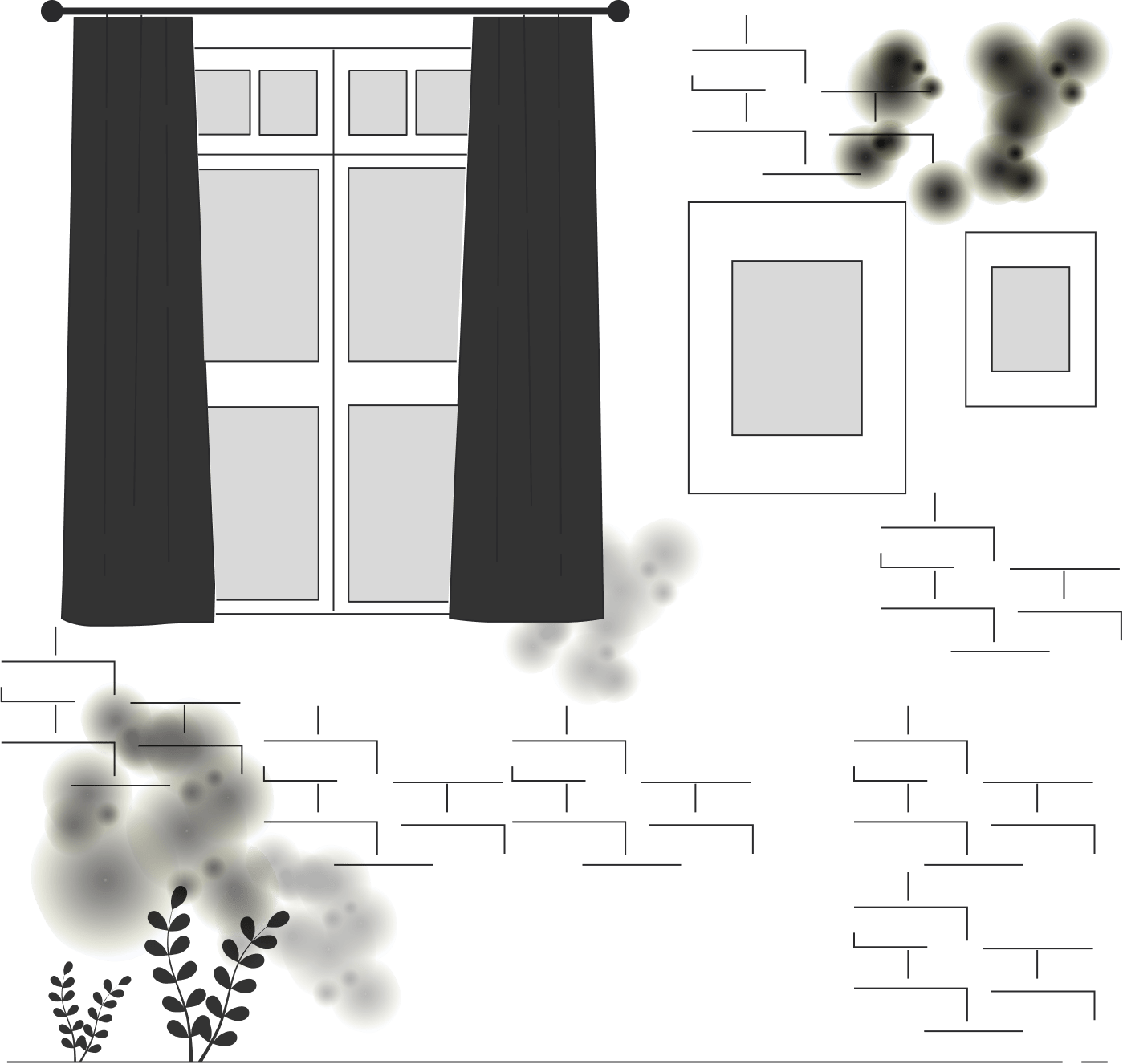
If there is excess moisture on the wall, whether from a leak, high humidity, or condensation, it can provide the perfect environment for mold to grow.
When there is poor ventilation in a room, moisture can accumulate, leading to mold growth.
If there is an organic material on the wall that has been exposed to moisture, it can provide a food source for mold.
Mold thrives in dark, damp environments, and if the wall is in an area that does not get much light, it can be more prone to mold growth.
Mold and fungi can damage your house. Mold growth can compromise the structural integrity of a building and cause damage to walls, ceilings, floors, and other surfaces. Mold can affect your home in several ways:
Mold can weaken the structure of a house by breaking down organic materials such as wood, drywall, and insulation. Over time, this can cause the structure to become unstable and compromise the safety of the building.
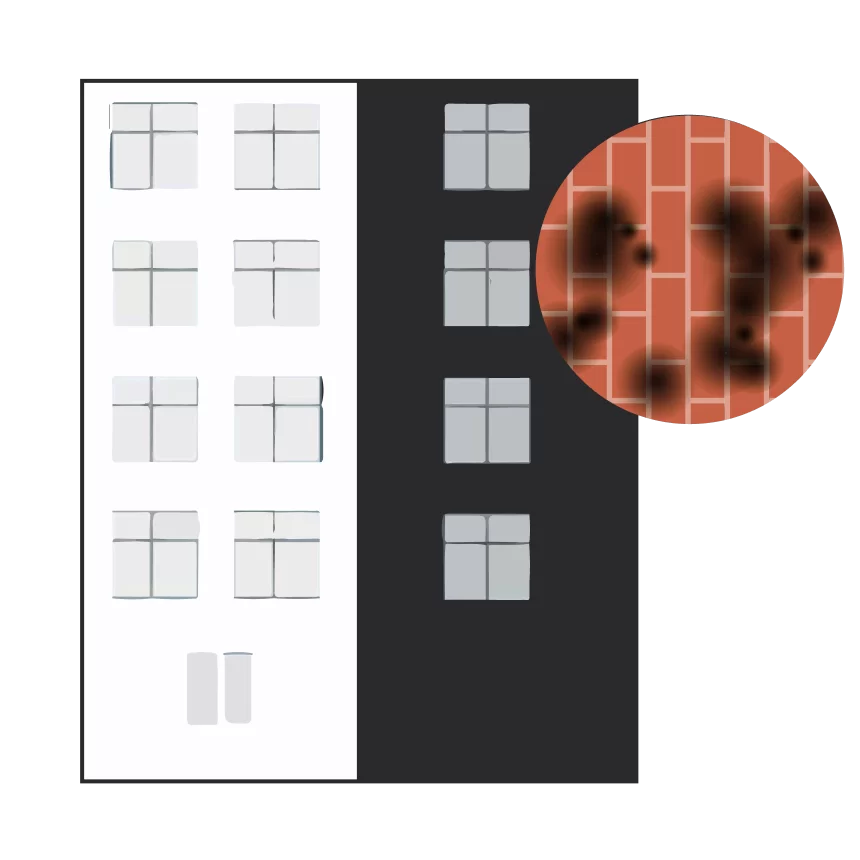
Mold can leave stains and discoloration which can be difficult to remove and may require extensive restoration work.
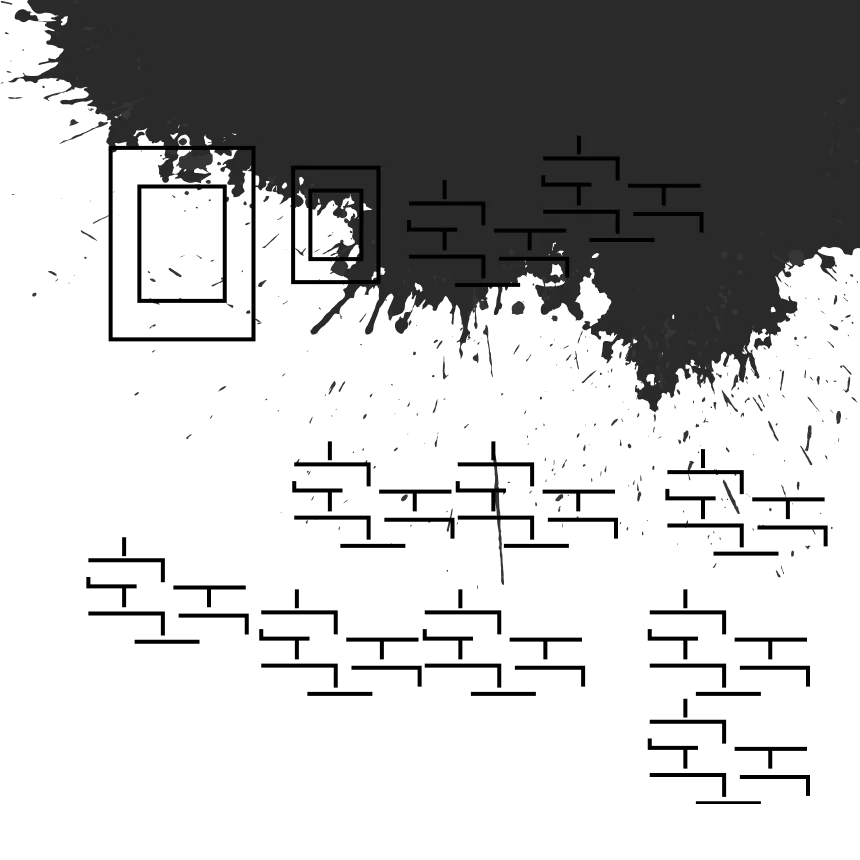
The presence of mold can create an uncomfortable living environment and negatively impact the marketability of a house.
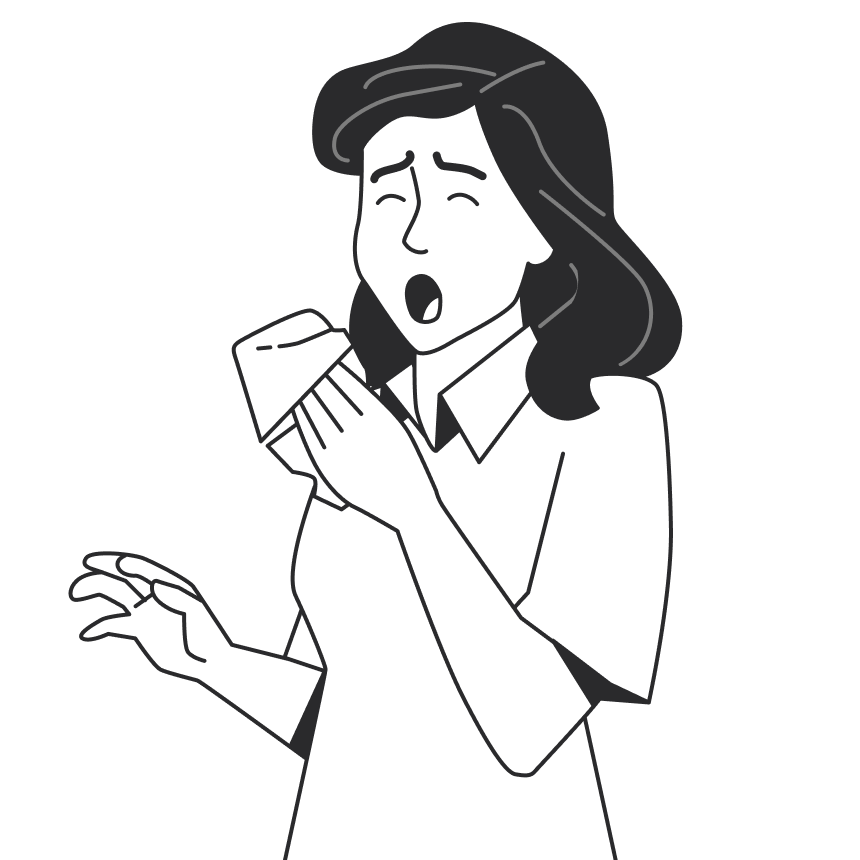
Mold that grows within the houses and that comes indoors via ventilation can trigger allergies or asthma for the residents, especially children and old age people.
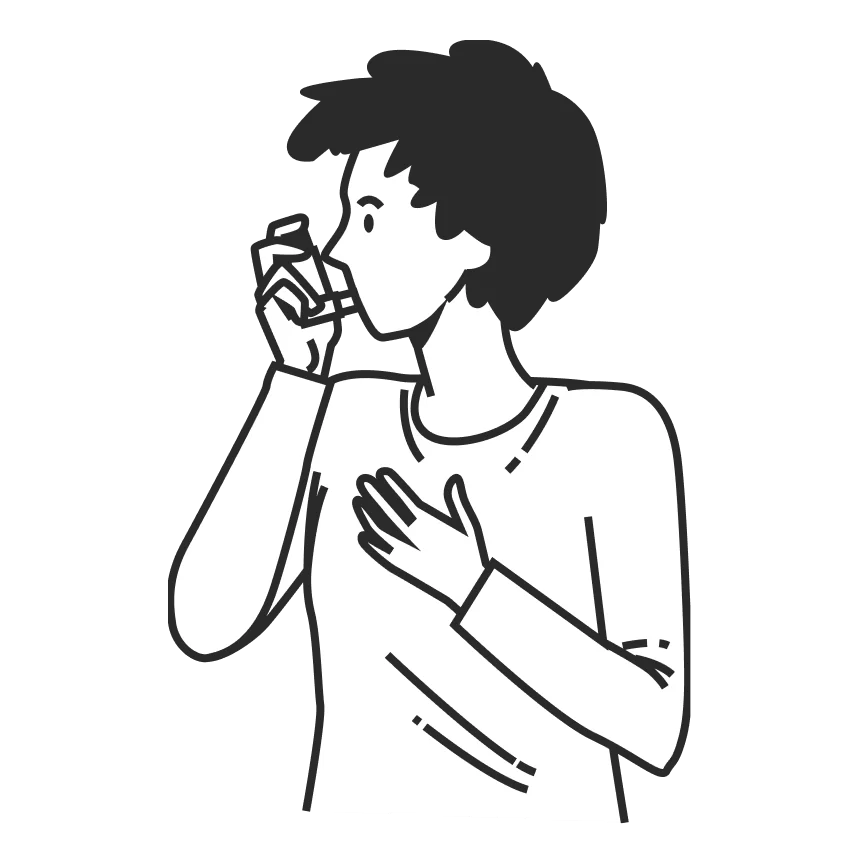
If a house has a mold problem, it may decrease the property value and make it difficult to sell.
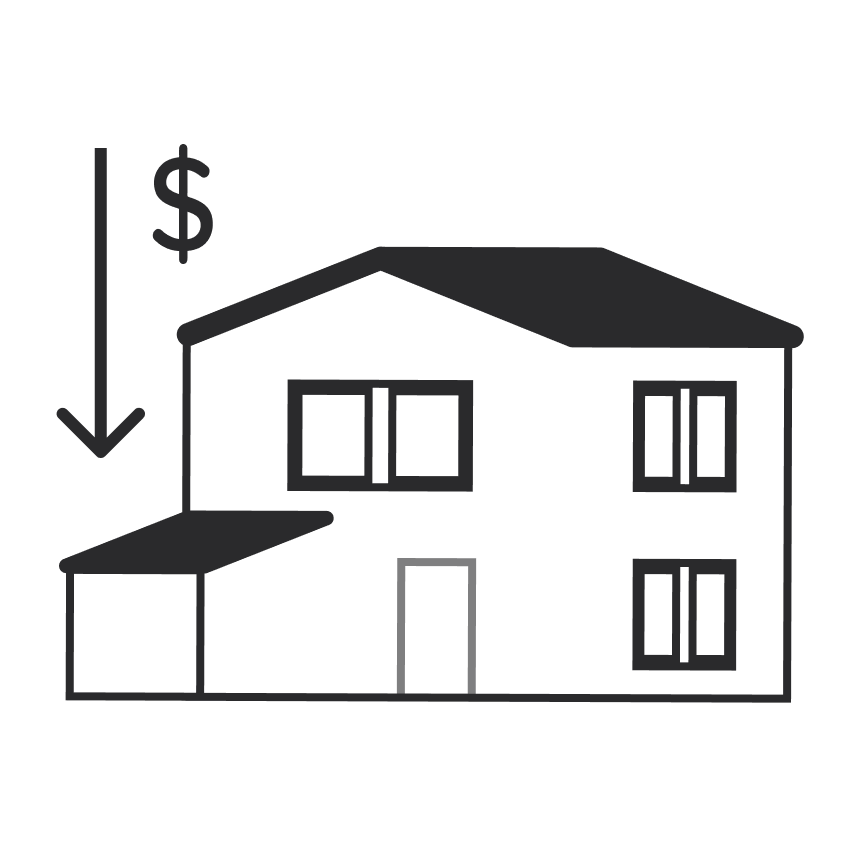
Mold and fungi are related but not exactly the same thing. Fungi is a broad term that includes a variety of organisms, including mushrooms, yeasts, and molds. While all molds are fungi, not all fungi are molds. For example, yeasts are a type of fungi that typically grow as single-celled organisms and reproduce through cell division. Mushrooms are also a type of fungi, but they grow in specific conditions and are often harvested for food. So, while molds are a type of fungi, the term “fungi” encompasses a much broader group of organisms.
Type of fungi includes:
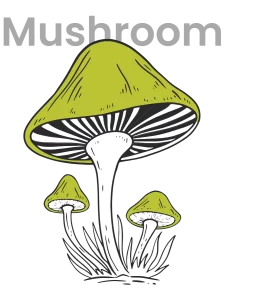
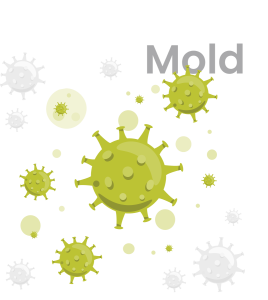

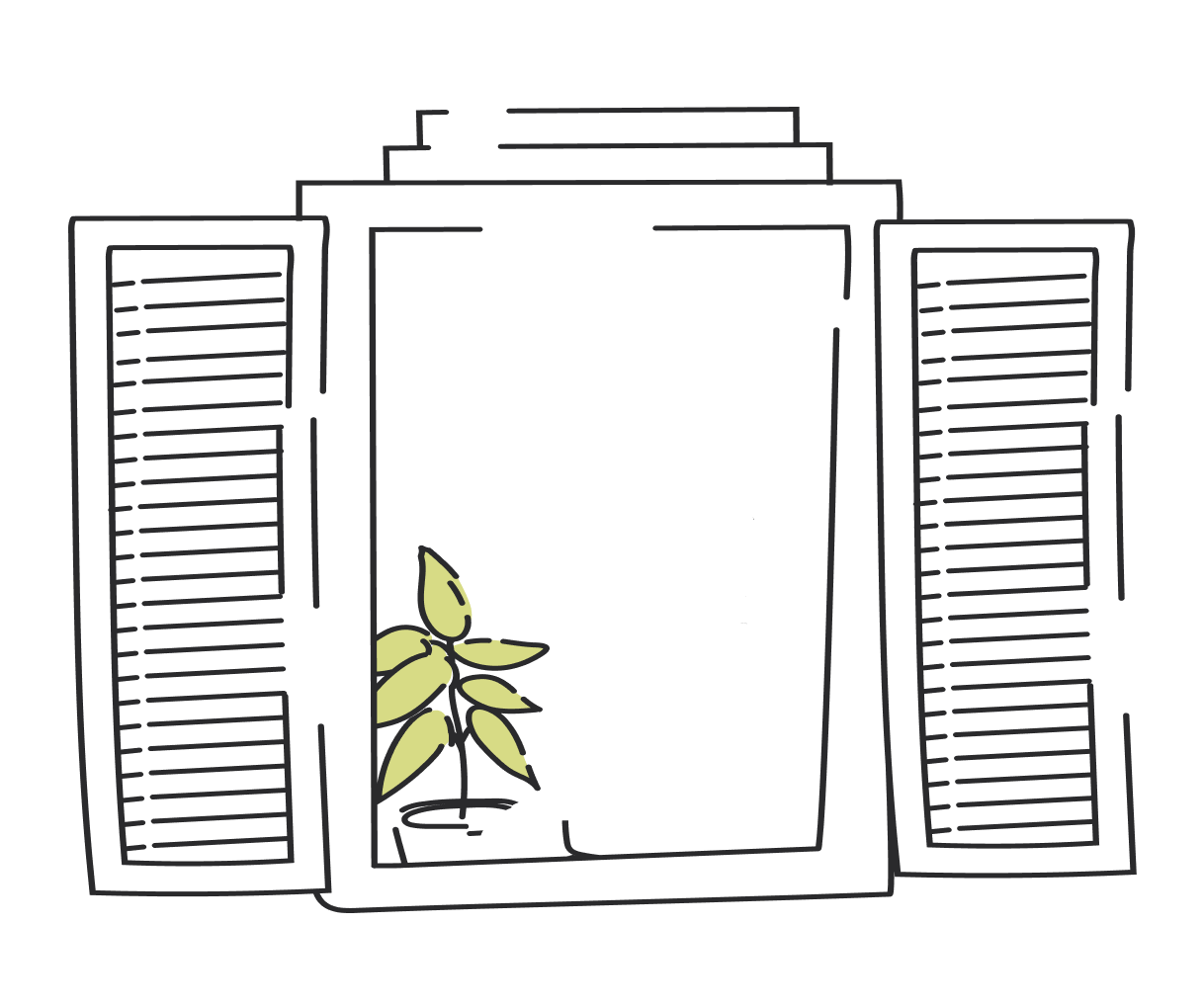
Fixing leaks, improving ventilation, and controlling humidity levels to keep indoor air quality healthy.

Addressing any moisture issues in the home or building, improving ventilation, and using air filters or dehumidifiers.
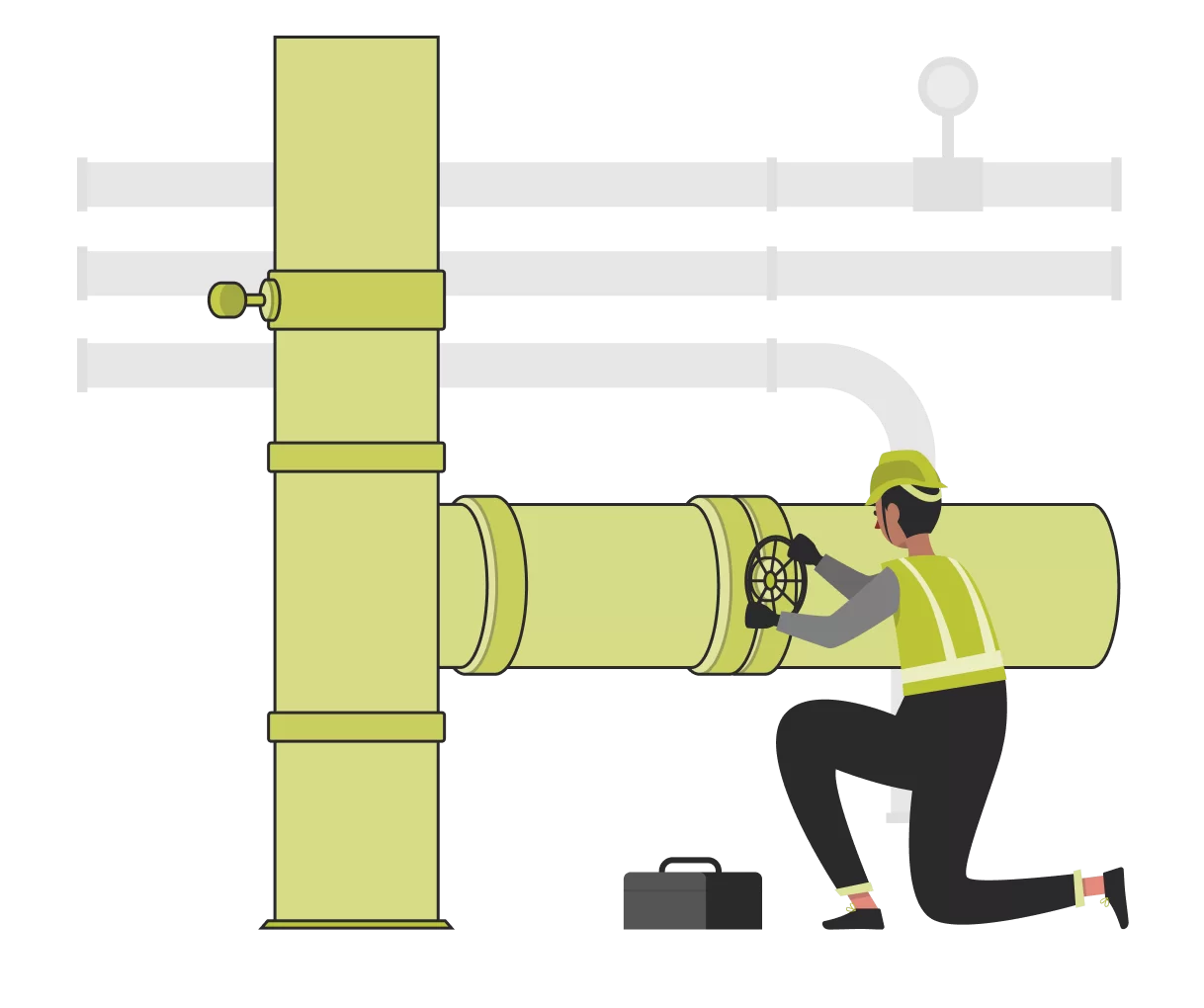
It’s also important to keep the humidity level in your home below 60 percent and to clean and dry any areas affected by water damage within 24-48 hours.
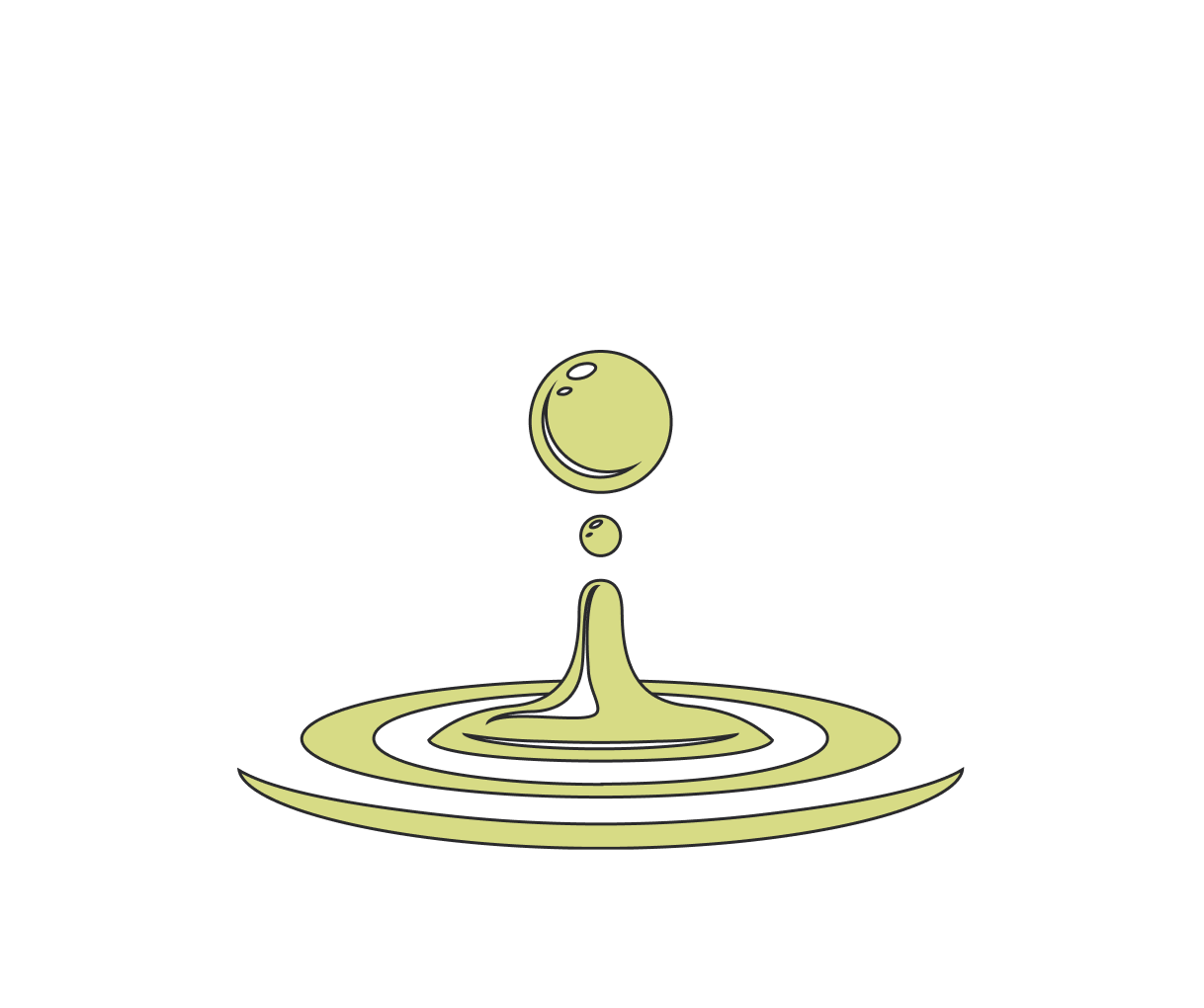
Mold needs moisture to grow and thrive, so if you remove the moisture source, mold will eventually die.
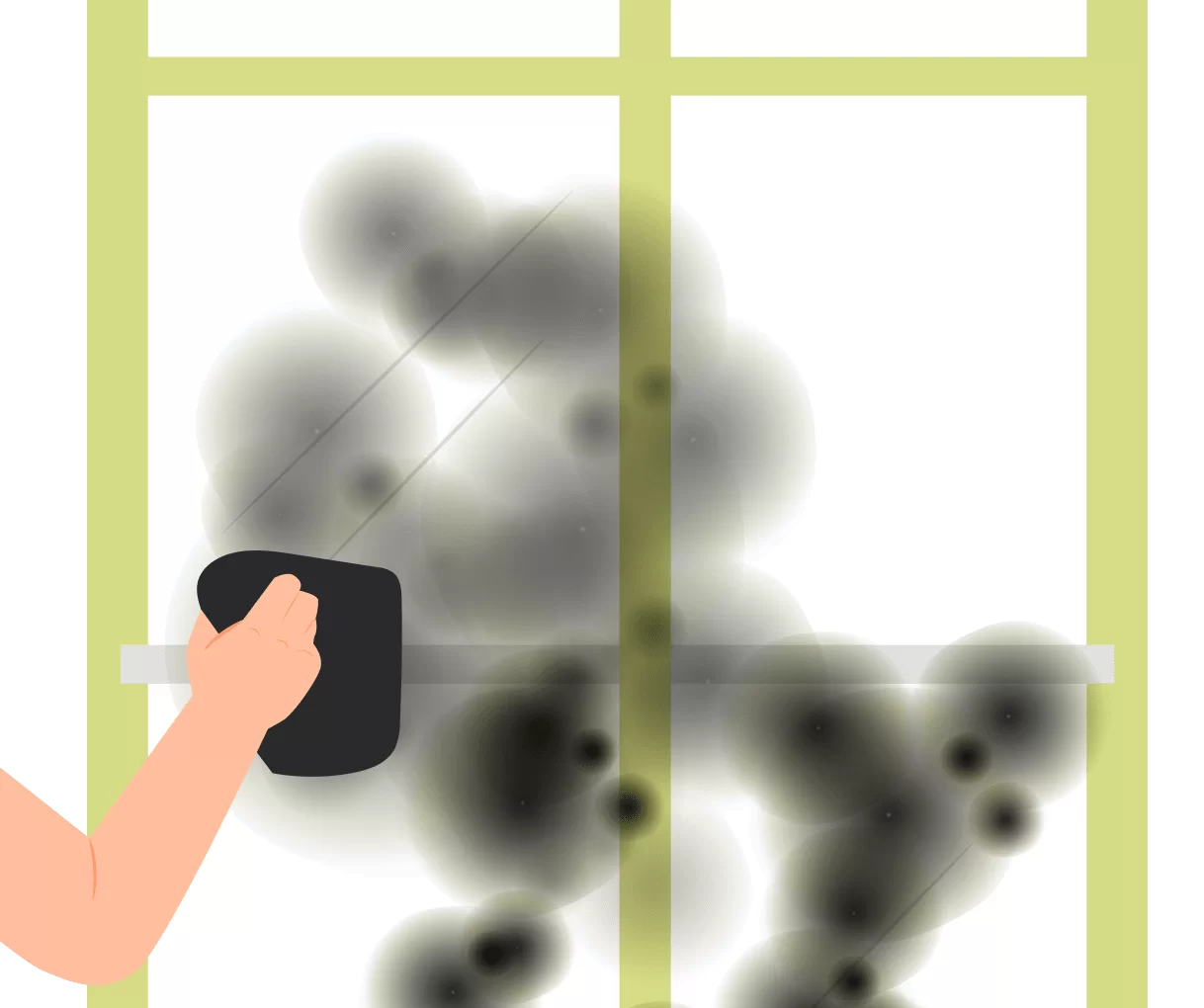
Some types of mold can remain dormant for a long time and reactivate when conditions are favorable again, so it’s important to completely eliminate the moisture source and address any underlying issues that may have caused the mold growth in the first place.
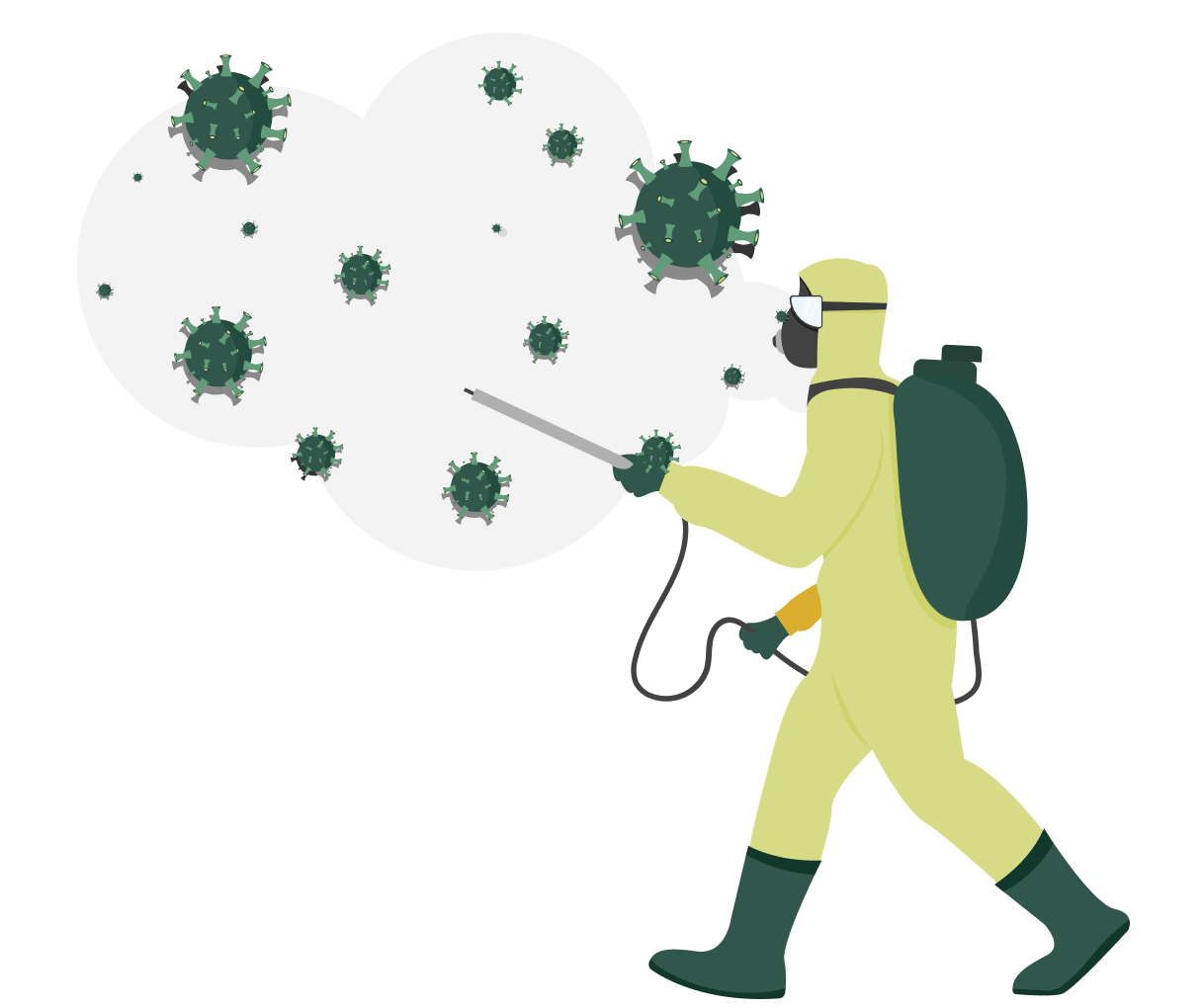
Simply drying out the affected area may not be enough to eliminate the mold, especially if it has spread to porous materials such as carpet, insulation, or drywall. In these cases, the affected materials may need to be removed and replaced.
There are many ways in which we can find out if mold is present in a house. These are:
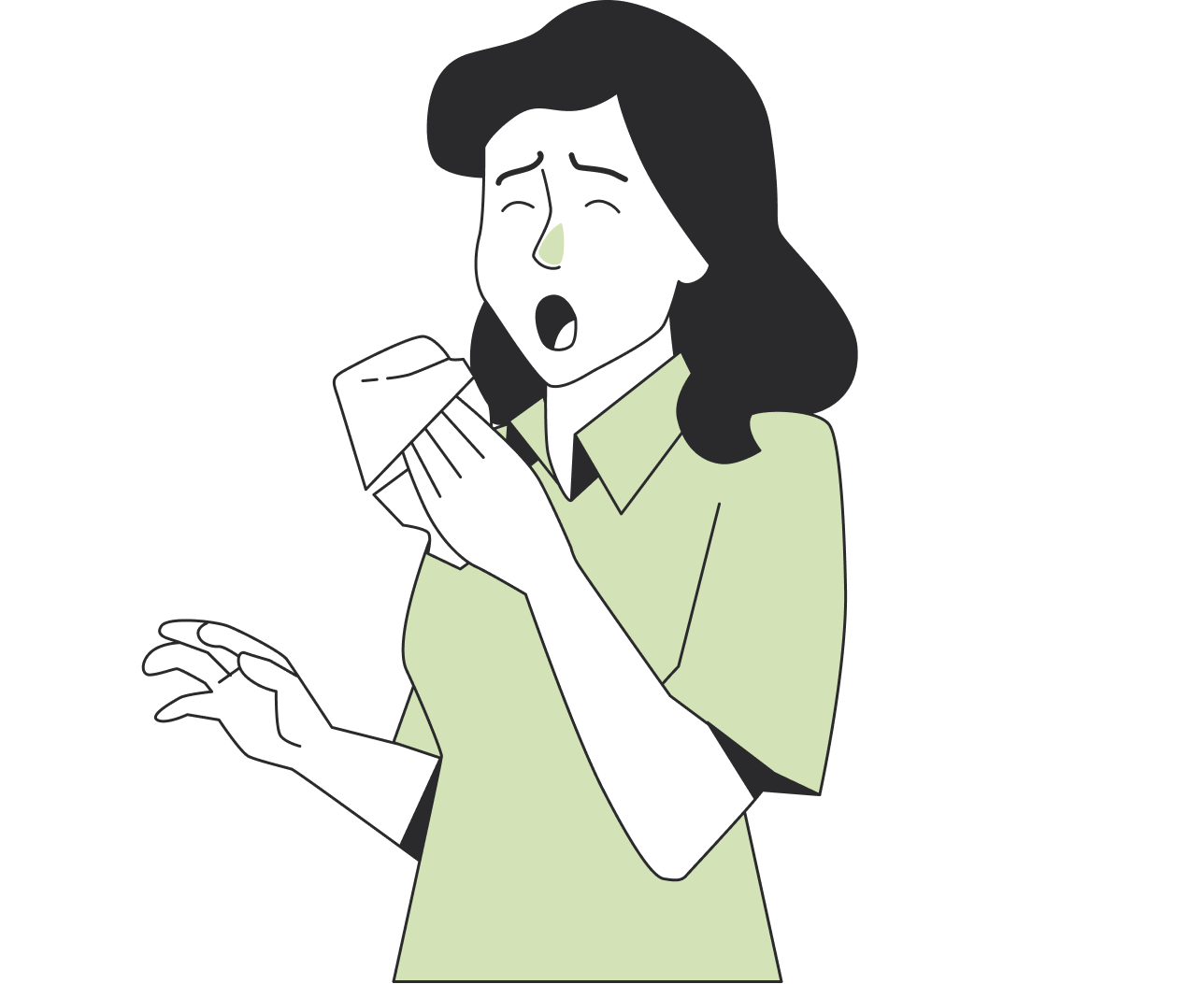
There is a certain musty and unpleasant smell when there is potential mold growth. If your house develops this kind of smell suddenly, it could be a sign of mold growth.
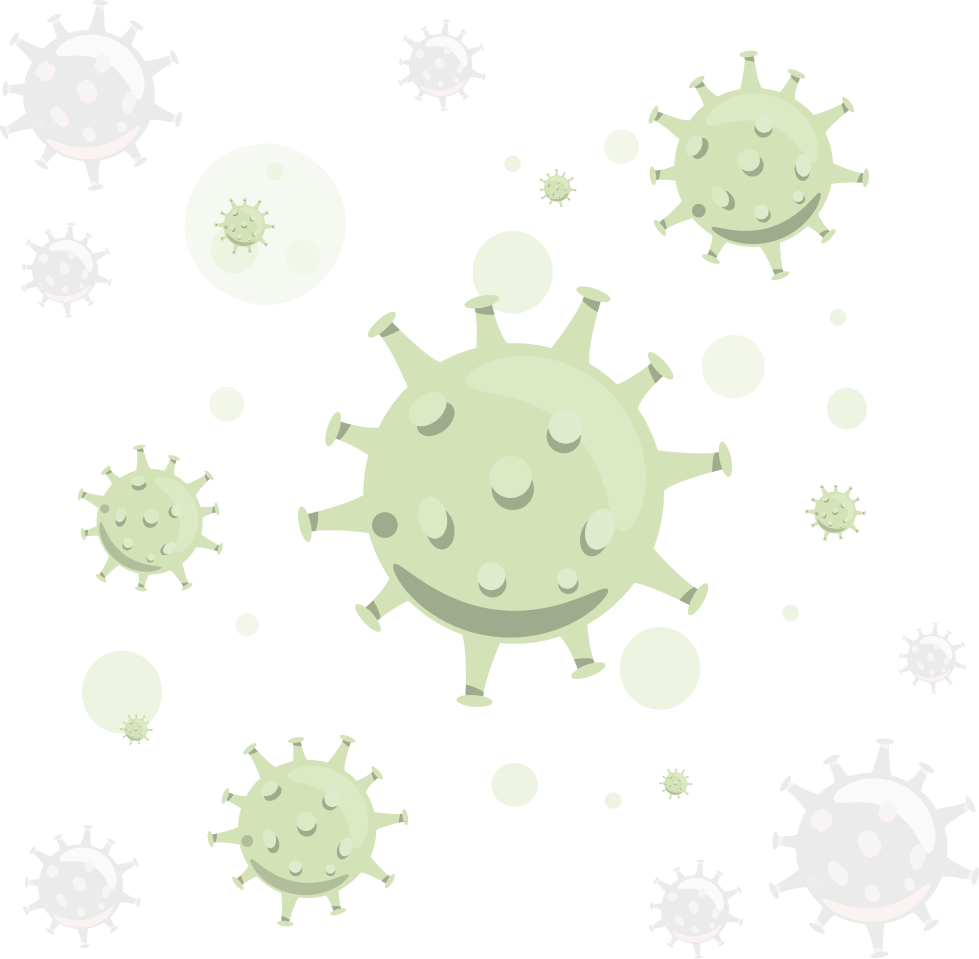
Any black or green spots on the wall, ceilings, floors, or other surfaces are visible signs of mold growth. Mold may also have a fuzzy or slimy texture.
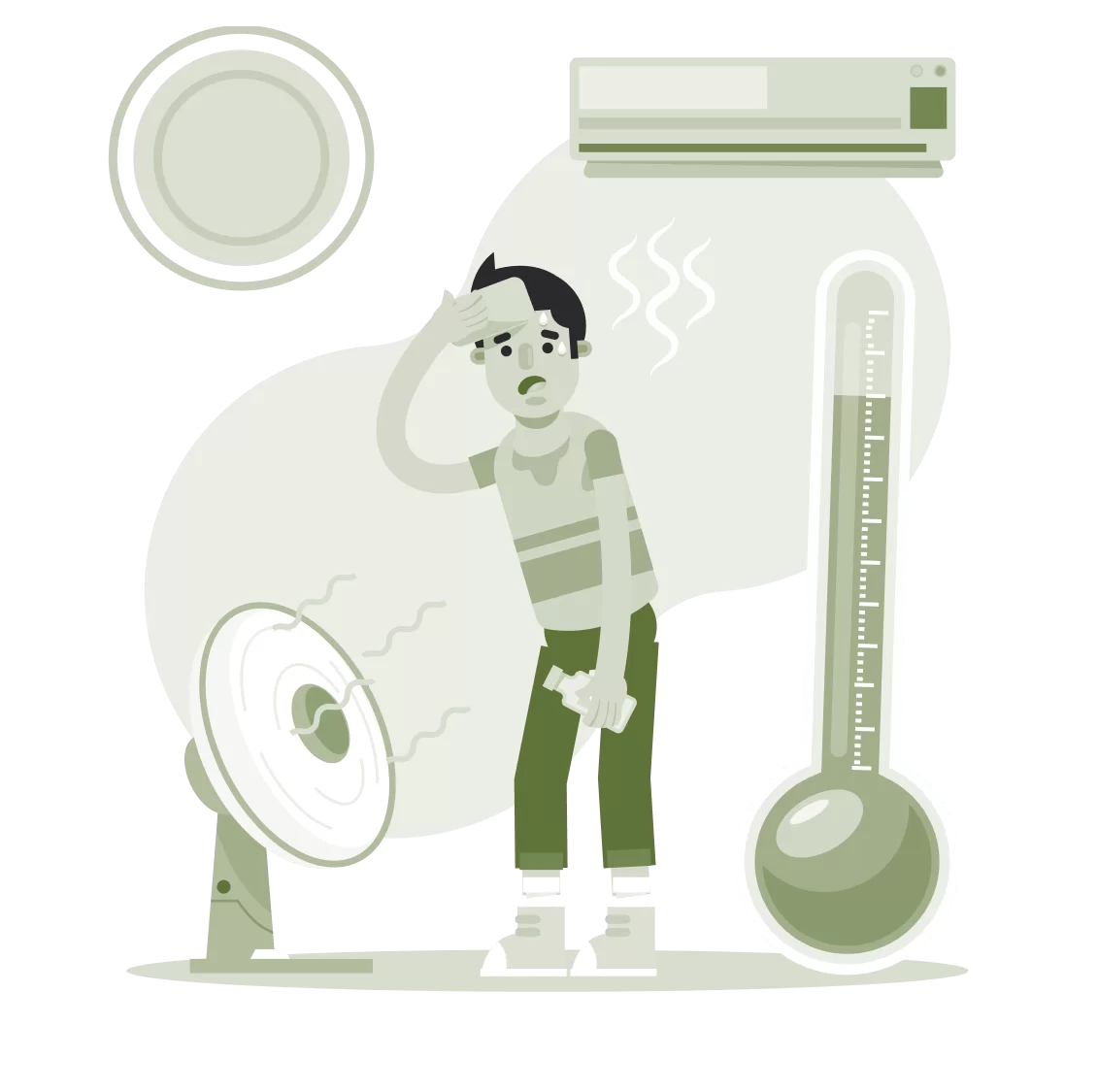
Mold grows in humidity over 60% and temperatures between 20°C to 30°C. When these levels are within this range, mold spores can begin to grow and spread.
Timely detection of mold growth is crucial because it not only causes structural damage to the house and produces unpleasant odors, but also poses a risk to the health of those living in the affected environment.